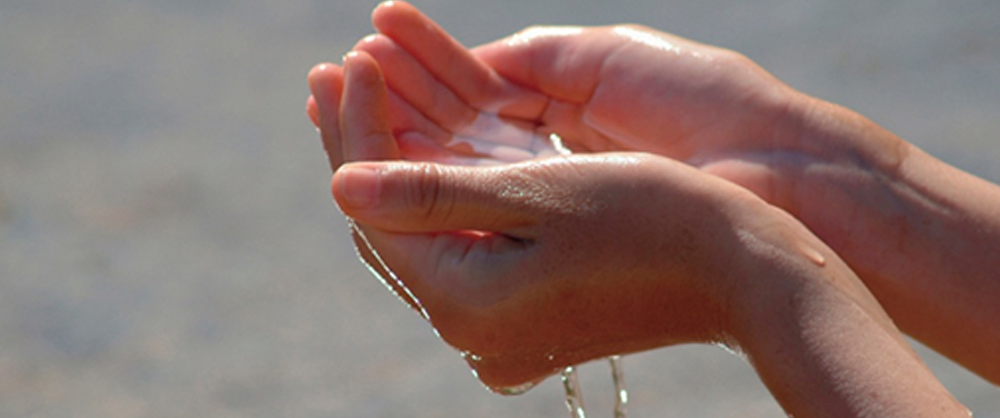
Watershed & Water Management Water Environment
We provide comprehensive technical services in the investigation, planning, design, and maintenance of water and sewage facilities that are indispensable to our daily lives. Our services include: seismic countermeasures such as seismic diagnosis and reinforcement design including dynamic analysis of the ground; reconstruction and renewal of facilities based on the impact on adjacent structures; comprehensive planning of sewerage development by basin based on analysis of pollution load in closed water areas; flooding countermeasures using simulation technology; confluence improvement measures using originally developed equipment; energy measures such as small-scale hydropower generation using water and sewerage facilities; comprehensive planning and long-term vision for sustainable business management; and energy management services such as small-scale hydropower generation using water and sewerage facilities. We are constantly incorporating new and advanced technologies to solve a wide variety of problems, including energy measures such as small-scale hydroelectric power generation using water supply and sewage facilities, comprehensive plans and long-term visions for sustainable business management, and business management support for the introduction of DBO projects and comprehensive private sector outsourcing.
In addition, water and sewage operators face a wide range of issues, including the longevity of facilities, environmental issues such as the effective use of energy, human resource development issues such as the transfer of technology and know-how, and financial issues. We provide detailed services that meet these needs, including the use of new technologies.

Engineering Services
- Conduit Facilities
- Aging conduit facilities can cause road subsidence accidents, etc. Therefore, it is necessary to reconstruct or renew them at the appropriate time and in the appropriate manner. We support investigation, planning, and design of reconstruction and renewal projects of pipeline facilities.
- For large-diameter conduit facilities, we conduct a survey of the current conditions in the conduit and then conduct highly accurate structural analysis by reproducing the conditions of old pipes that have cracks, etc., and design a rational reinforcing system for the inner surface.
- We also have experience in the design of large-diameter shielded tunnels for storage pipes and long-distance water supply tunnels using the DB method, which contribute to the control of heavy rainfall disasters, which have been increasing in recent years.
- For small-diameter pipeline facilities, we have developed a system for understanding the current status of the inner surface of culverts, which converts image data from TV camera surveys into forms (development drawings) and a database to support the effective use of the survey results.
- Water purification facilities, water treatment facilities, pumping facilities
- Among water supply and sewage facilities, water purification plants and treatment plants are the most important facilities and must not be allowed to stop functioning in the event of a disaster. The same is true for reconstruction and expansion work associated with seismic reinforcement, which requires that facilities can be reconstructed and upgraded while in service.
- Based on our extensive experience, we propose feasible facility renewal plans and design renewal and seismic reinforcement to meet these constraints. In particular, we are able to make the most of our advantage as a general consultant when designing in areas adjacent to rivers, airports, ports, and other facilities.
- We can also flexibly propose and design for DB/DBO type orders. For overseas projects, we can make proposals and designs based on our extensive experience in local conditions, with an emphasis on the use of Japanese technologies.
The functional shutdown of water and sewage facilities due to deterioration, or road cave-ins due to damage to buried pipes, can have a serious impact on social activities. To prevent such risks, it is necessary to secure the necessary financial resources from a long-term perspective, and to systematically and economically inspect, survey, repair, reconstruct, and renew aging facilities.
We provide various services to improve the overall PDCA cycle of projects, including support for the formulation of stock management plans based on our expertise in planning and designing water and sewage facilities, support for the introduction of asset management to improve management, as well as planning and rule making for efficient maintenance and management.
In addition to improving the living environment through flushing, etc., preventing water pollution in rivers, lakes, marshes, sea areas, and other public water bodies is one of the important roles required of sewage systems. The Comprehensive Sewerage Improvement Plan by Basin is a comprehensive basic plan for the most rational sewerage improvement in the entire basin in order to prevent water pollution in public water areas, and is formulated as an upper-level plan of individual sewerage plans and basin sewerage plans.
MHI uses GIS (Geographic Information System) analysis to accurately grasp the characteristics of a watershed, and conducts pollution analysis using analytical models that match the characteristics of the water body, such as incorporating low-order ecosystem models and bottom sediment models into 3D density flow hydraulic models for closed water bodies where water quality improvement is lagging behind. We propose optimal sewerage improvement plans necessary to achieve water quality standards.
In recent years, localized heavy rainfall has become more frequent due to climate change, and flooding damage due to inland water overflows has become more frequent throughout Japan as rainfall in cities fails to drain into rivers and other bodies of water. In order to mitigate such damage, measures are required both in terms of hard measures by improving sewerage facilities and soft measures to protect the lives and property of residents.
We provide comprehensive support for the following: flood damage estimation and hazard map creation based on simulations using runoff analysis models; formulation of comprehensive stormwater management plans to promote flooding countermeasures using sewage systems; planning and design of pipelines and pump stations to eliminate or temporarily store stormwater; and floodproofing to protect facilities from flooding. We provide comprehensive support.
In order to reduce the amount of foreign substances in the overflowing water from combined sewers, it is necessary to take individual measures in all rainwater discharge chambers, so a simple and inexpensive method is required from installation to maintenance.
We offer a solution to this problem with our eddy current water surface control device. As of the end of FY2022, this device has been installed in more than 1,900 locations in 59 cities in Japan and five countries overseas.


